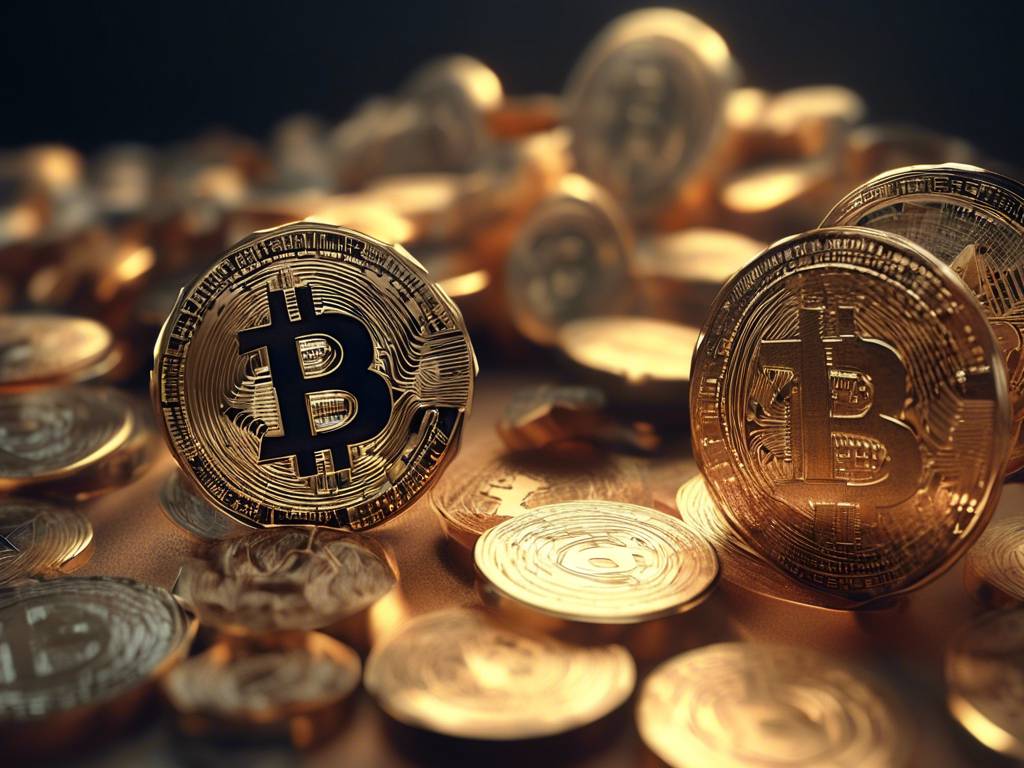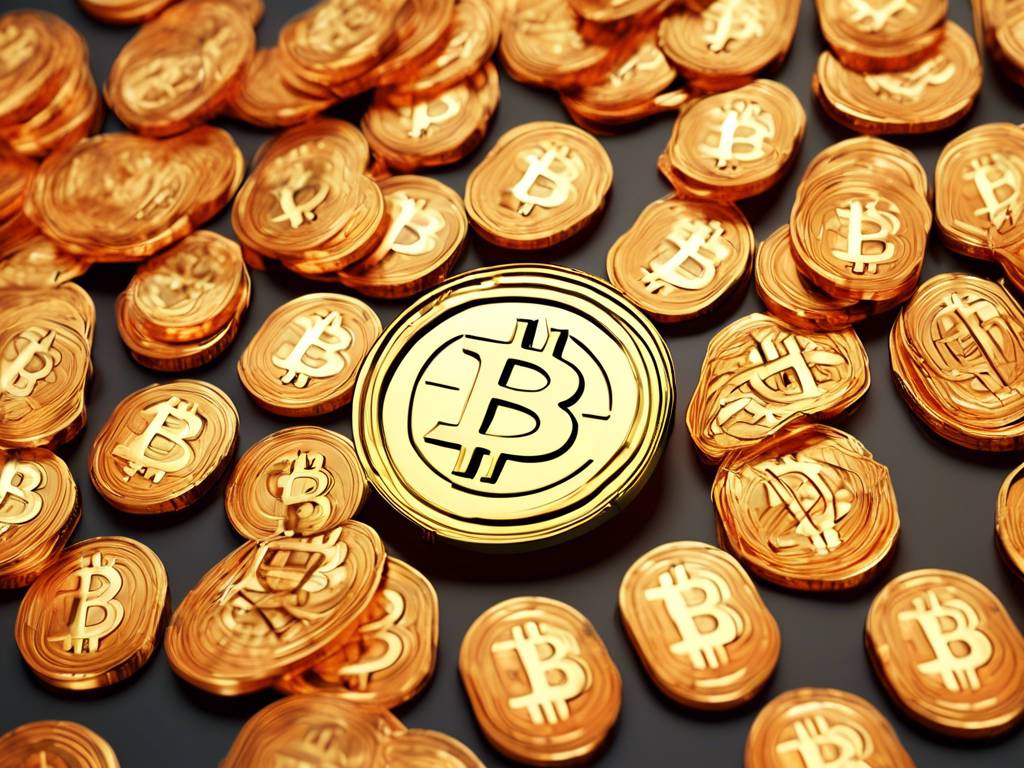Ethereum’s Changing Landscape: A Closer Look at Supply and Demand
If you are an avid follower of cryptocurrencies, you might be interested in understanding the recent developments in Ethereum’s supply dynamics. The growth of Ethereum’s supply has accelerated significantly following the historic Merge, signaling a shift in the network’s operations and fee structures.
Transitioning to Proof of Stake with The Merge
The Merge, a monumental event that occurred in September 2022, marked Ethereum’s transition from proof of work (PoW) to proof of stake (PoS). This transition not only drastically reduced the network’s energy consumption but also introduced new mechanisms for managing transaction fees and creating new ETH.
- The Merge reduced energy consumption by over 99%
- Introduced PoS to manage fees and create new ETH
In the PoS model, transaction fees were designed to be burned, potentially making Ethereum deflationary based on network activity levels.
The Impact of the Dencun Update on Supply
Following the implementation of the Dencun update, significant adjustments were made to Ethereum’s fee market. This update inadvertently led to a reduction in the burning of transaction fees, ultimately causing an increase in the circulating supply of Ethereum.
- The Dencun update altered fee market dynamics
- Reduced burning of transaction fees
These changes have sparked debates within the Ethereum community regarding the potential implications for the network’s value and economic model.
Economic Implications of Fee Reduction
Reducing transaction fees on the Ethereum network serves multiple purposes, including making the network more competitive against emerging rivals by offering lower costs and attracting more users.
- Lower costs make Ethereum more competitive
- Increased network activity may offset inflationary pressures
The increased supply of ETH could have mixed economic implications, potentially exerting downward pressure on price if demand does not keep pace. However, lower transaction fees could drive increased network usage, boosting demand and mitigating some inflation pressures.
Market Response and Future Outlook
The market’s response to these changes has been cautiously optimistic, with some investors expressing concerns about potential inflation while others see increased network activity and cost reduction as positive signs.
- Investors cautious about potential inflation
- Excitement about increased network activity
Developers are continuously working on updates to improve Ethereum’s scalability, security, and sustainability, crucial for maintaining its position as a leading blockchain platform.
Adapting to Changes in the Ethereum Ecosystem
Despite the challenges posed by the increase in Ethereum’s supply post-Dencun, these changes reflect the network’s dynamic nature and its ability to adapt to evolving market conditions.
- Ethereum continues to adapt to market changes
- Remains at the forefront of blockchain innovation
As Ethereum navigates through these changes, its market position and future trajectory will become clearer, demonstrating its resilience and commitment to innovation in the blockchain space.





 By
By

 By
By
 By
By
 By
By